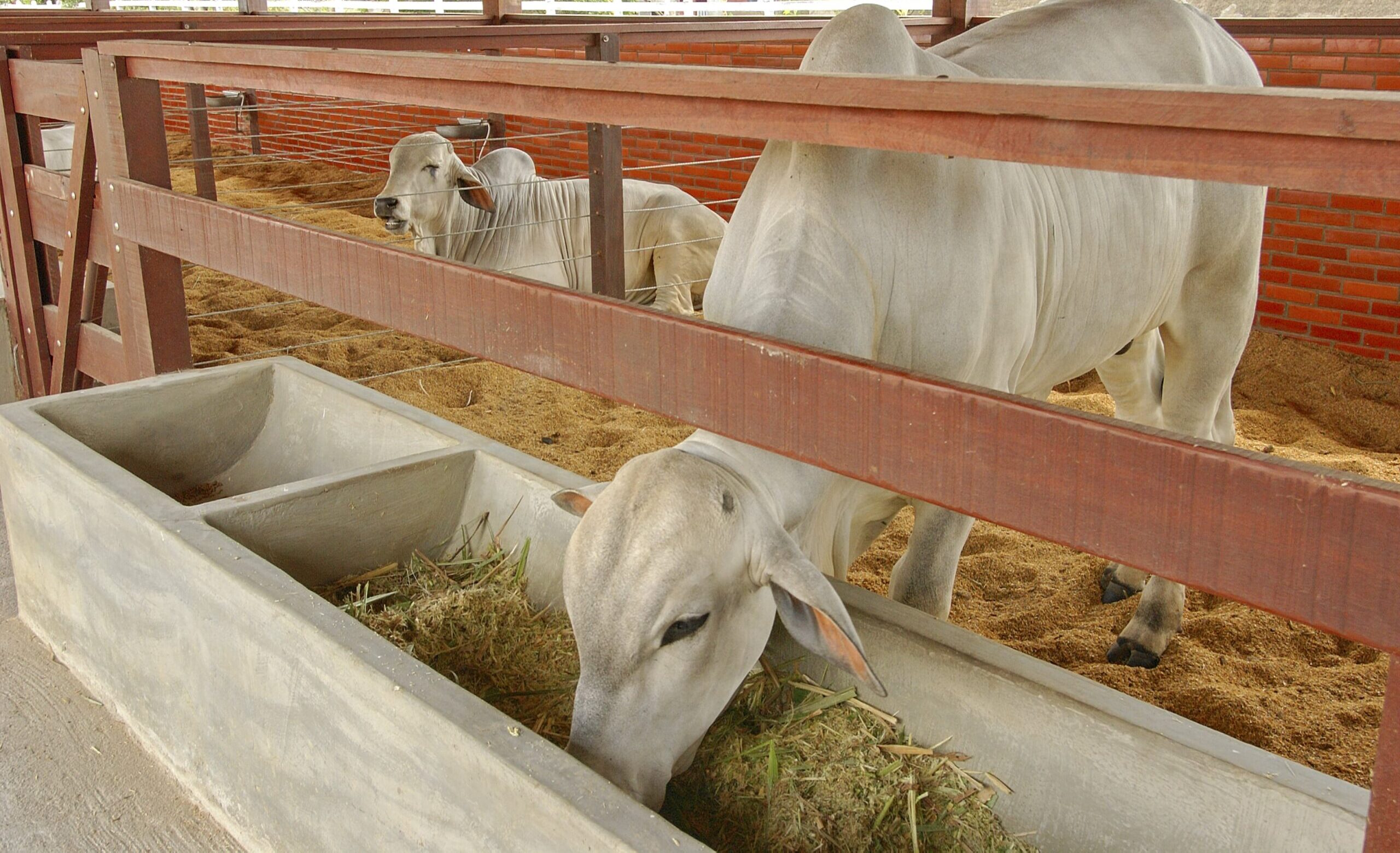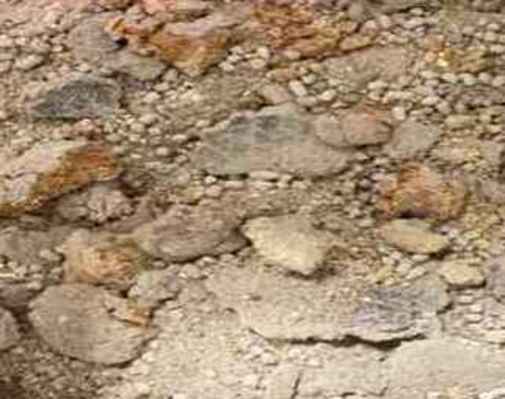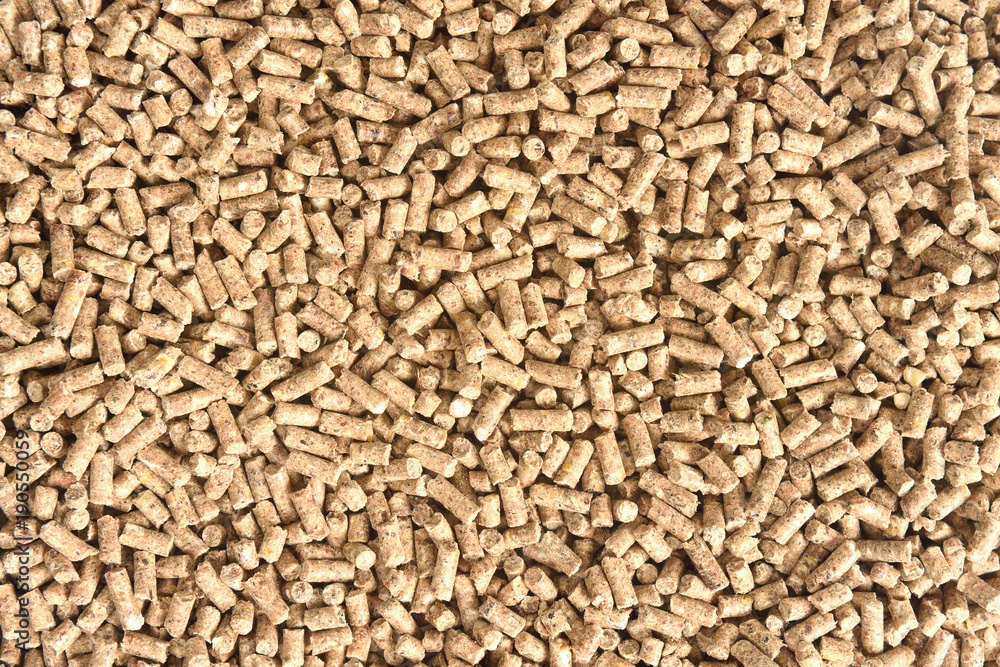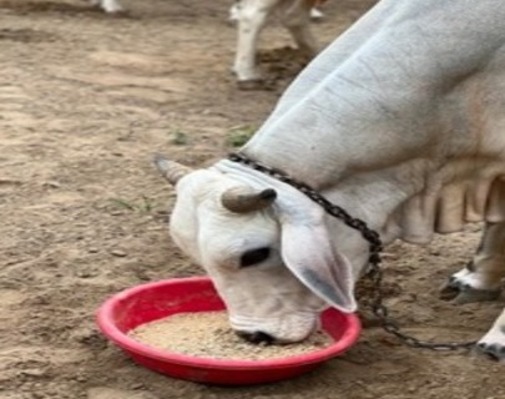
Animal nutrition studies the nutritional requirements of food-producing, companion, or service animals.
It is the science of preparing or formulating feed for animals that produce food (such as meat or milk) or nonfood materials (e.g., wool). Animal nutrition is also an integrative science because it deals with the various steps an animal takes to assimilate feed or food and use it for growth, health, and performance (e.g., meat, milk, and egg production and service).
Aside from the animal’s health, welfare, or productivity, animal nutrition is critical for economic (e.g., feed cost) and environmental reasons (manure and undigested, wasted nutrients such as phosphorus and nitrogen contaminating air, soil, and water), as well as nutritional quality (eggs, meat, milk).
Animals consume food, which is digested, absorbed, and used to generate energy for daily activities. However, only some food components are digestible. Nutrients are food components the body uses, and nutrition is obtaining the food required for health and growth.


What are the desirable characteristics of animal nutrition?
- The feed quantity should be sufficient to meet the animal’s needs and production.
- Nutritional balance is essential for healthy growth. There should be a more diverse and well-balanced mix of proteins, vitamins, and other nutrients.
- To avoid constipation and other digestive problems in the animals, the feed should be fairly laxative.
- The food provided should be tasty.
- The mineral matter should be present in sufficient quantities.
- The feed should be relatively dense.
- Unexpected changes in the feed should be avoided.
- The feed timings should be kept consistent.
- Green succulent fodder should be plentiful because it is bulky, nutritious, and easily digestible.
- It should be both labour and cost-effective.
Classes and sources of nutrition
The six major classes of nutrients are
- Water
Water makes up more than half of the animals’ bodies. All physiological processes rely on it, such as digestion, blood circulation, and waste elimination. Water is the solvent in which all nutrients dissolve. Perspiration and evaporation of water regulate body temperature. Therefore, it is critical to provide animals with fresh, clean water.
- Fats,
Although fats are an important part of the animal diet, they are only required in trace amounts. This is because fats serve as energy reservoirs while also insulating the body. Oilseeds are the most important source of fat in agricultural feeds.

- Carbohydrates,
Carbohydrates are the primary source of energy for the body’s normal functioning. Grains such as oats, wheat, barley, corn, sorghum, and others, as well as forages and hay, are the primary carbohydrates in livestock feed.
- Protein
Protein is required for normal growth, maintenance, and reproduction, and Amino acids, known as the building blocks of protein, are used for tissue formation. Protein can come from either plants or animals. Plant proteins, such as oil cake meals, hay, and straws, make up the majority of livestock feeds. In addition, fish meal, meat scraps, and other animal protein sources are available to livestock.
- Vitamins
Vitamins are also needed in smaller quantities. They carry out numerous functions such as metabolism, growth and reproduction, red blood cell maturation, digestion, bone and tooth formation, stress management, and infection prevention. Vitamins are classified as either water-soluble or fat-soluble. They are broadly classified as vitamins A, B, C, D, E, and K.
- Minerals
Minerals help to maintain the health of bones and teeth, tissues, and the body’s chemical processes. Minerals are classified as microminerals, which the body requires in smaller amounts, and macrominerals, which the body requires in larger amounts. Therefore, mineral intake constitutes a smaller portion of the diet, and excessive intake would result in toxicity.
Unlocking optimal health and growth through balanced diets, quality feed ingredients, essential nutrients, and environmental considerations in animal nutrition.



